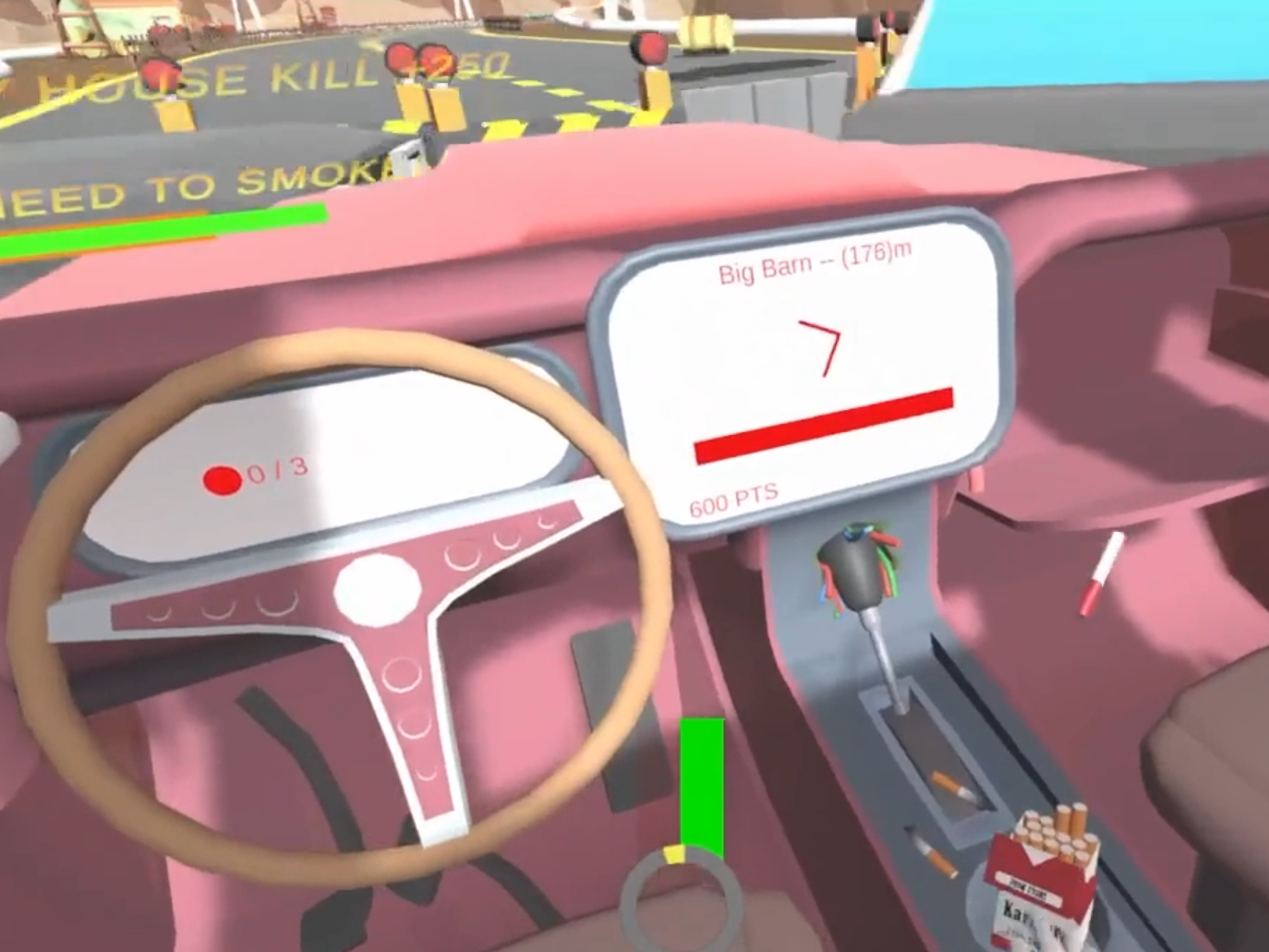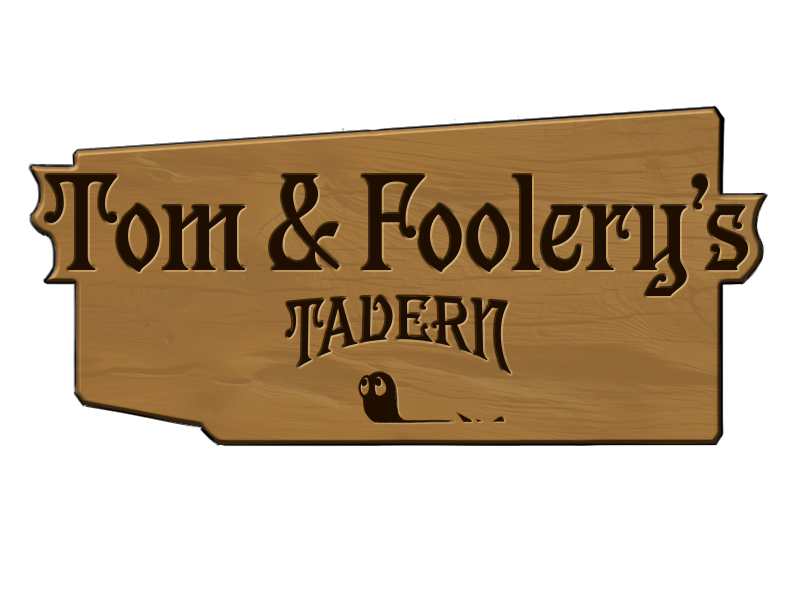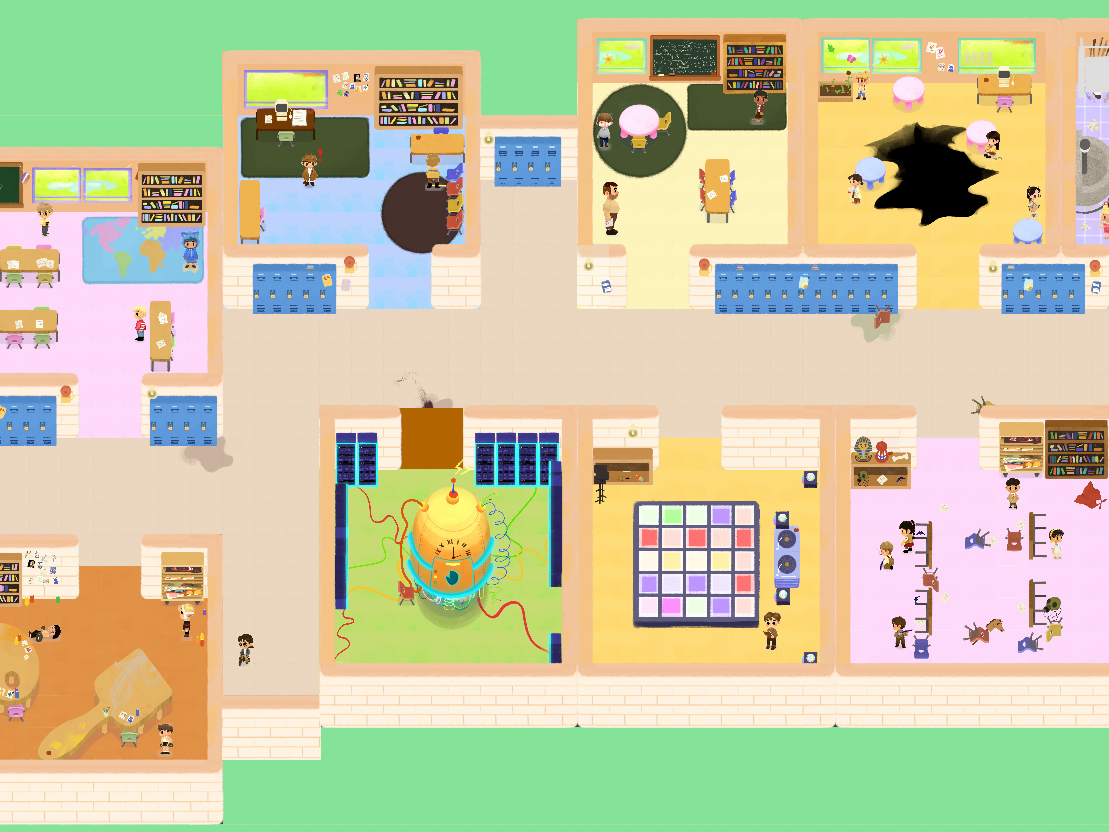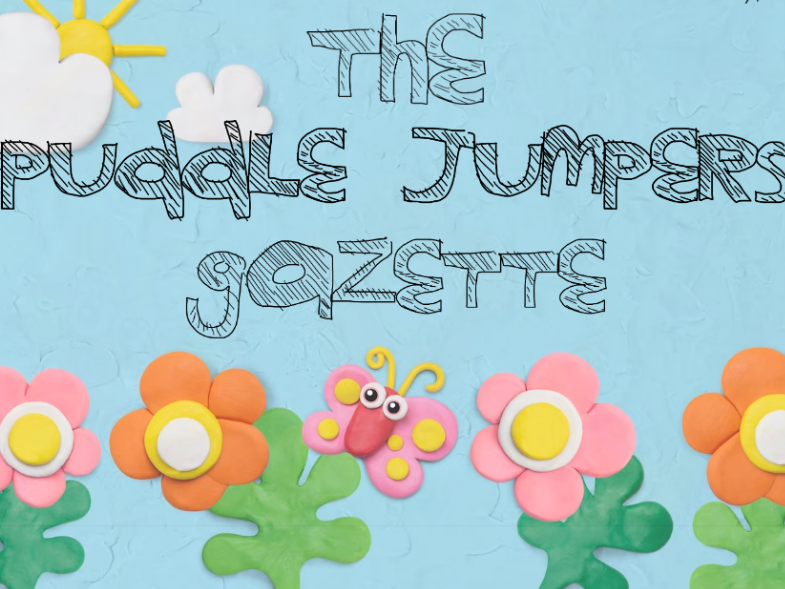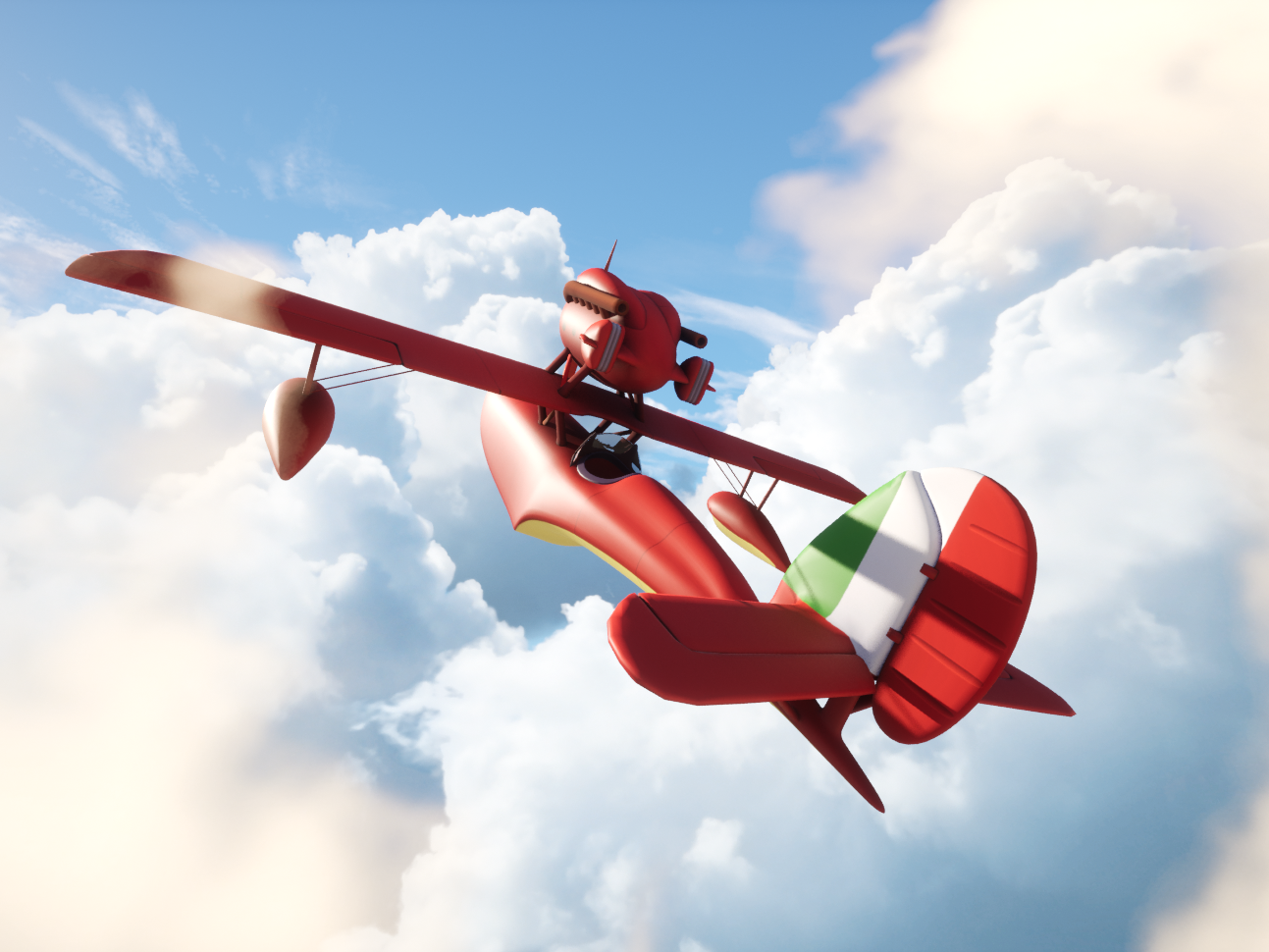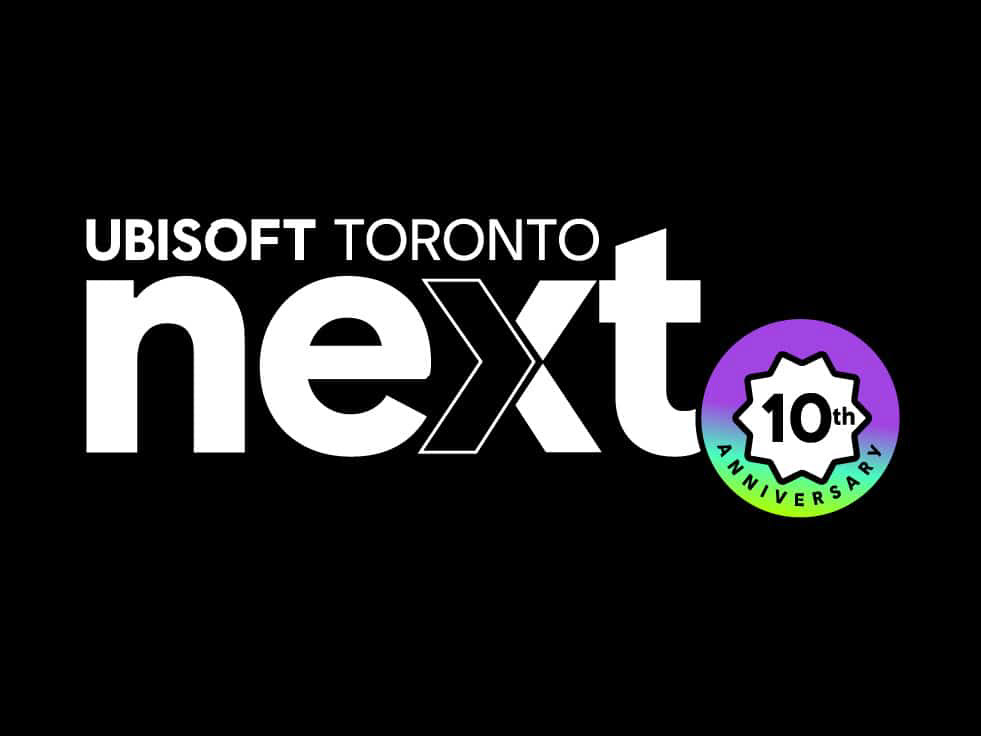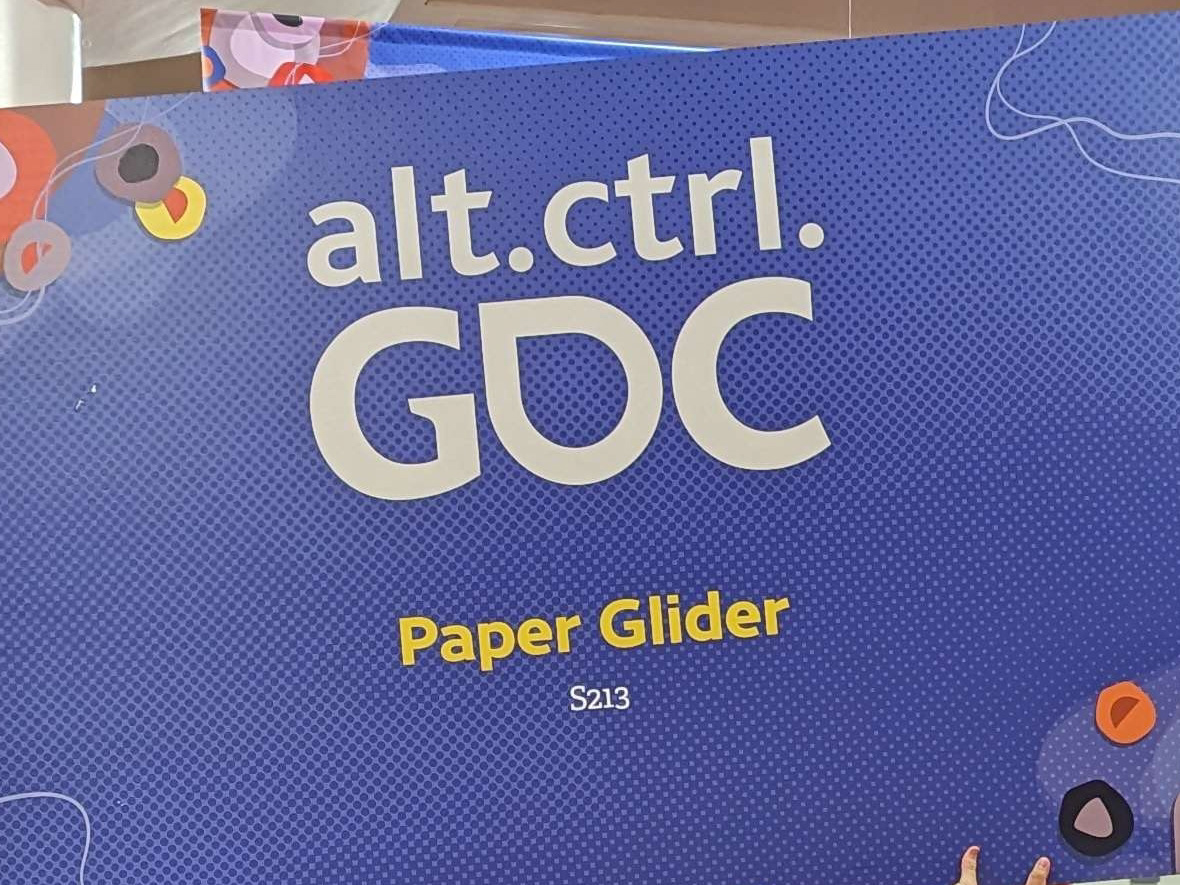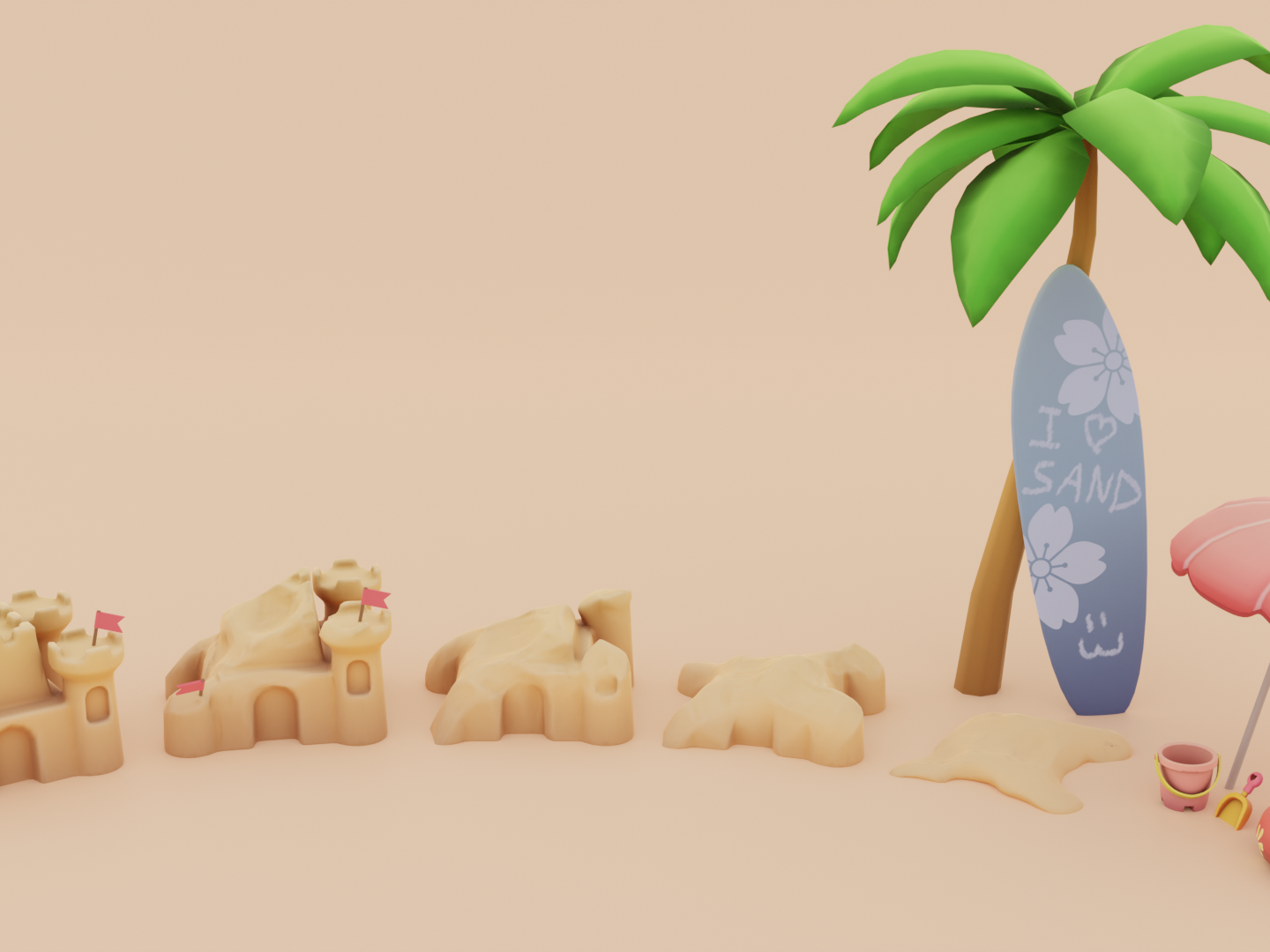Tools: Unity, Photoshop, Adobe Illustrator, Blender
\/ Click Here \/
This analysis explores the level design of "Flight", one of the first levels of Mirror's Edge, alongside a newly crafted level inspired by its core principles. Developed by DICE and released in 2008, Mirror's Edge is a first-person parkour game that emphasizes fluid movement and traversal through a visually striking dystopian cityscape. In the above document I have analysed the key elements of Mirror's Edge’s level design that contributed to its distinctive gameplay experience.
From here, I will be showcasing how these principles informed my new level creation.
Early Concept
In Mirror's Edge, flow is essential; levels are crafted to maintain a seamless, continuous movement experience. By using wide corridors, open spaces, and carefully placed obstacles, the design facilitates a fluid traversal system. For instance, the use of sliding and wall-running mechanics integrates smoothly into the level layout, creating a sense of rhythm as players navigate through the environment.
Level Map
Colour Coding:
Mirror's Edge employs a distinct visual style characterized by a minimalist aesthetic, featuring a bright white city with splashes of color that serve as navigational cues. In this level map, I have implemented the same color-coding technique to guide players through the environment. Using these bright reds indicate climbable surfaces and pathways.
The contrast between the sterile environment and the vibrant accents allows players to easily identify routes and objectives without overwhelming them with excessive detail.
Level Progression:
Each level in Mirror's Edge introduces new mechanics and challenges, progressively increasing in complexity. Early levels focus on teaching basic movements, such as running, jumping, and climbing, while later levels incorporate more advanced techniques, such as wall-running and precise timing for navigating obstacles.
Although gradual progression is a hallmark of the entire game, my level is designed to sit comfortably in the middle, where players already have a solid understanding of the core mechanics. This does not imply that there is a lack of gradual progression; on the contrary, each level should still feature its own sense of progression, even when players are familiar with the mechanics.
Gameplay Footage of ACT 1 - Kitbashed Assets
Player Agency and Exploration:
Mirror's Edge encourages player agency by allowing multiple routes and solutions to challenges. While there is often a primary path to follow, players can choose to explore and find alternative routes, fostering a sense of ownership over their gameplay experience. In this act one video you can see that there are many paths that lead to the same point, each with their own environmental challenges and key areas of play.
The game’s focus on freedom of movement empowers players to experiment with different techniques and strategies, enhancing replayability and personal expression in gameplay.
Key Takeaways
- Incorporate increasing complexity to challenge players while they master mechanics.
- Offer multiple paths to encourage exploration and creativity.
- Ensure visual design supports gameplay flow and action.
